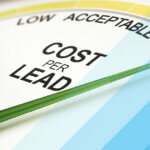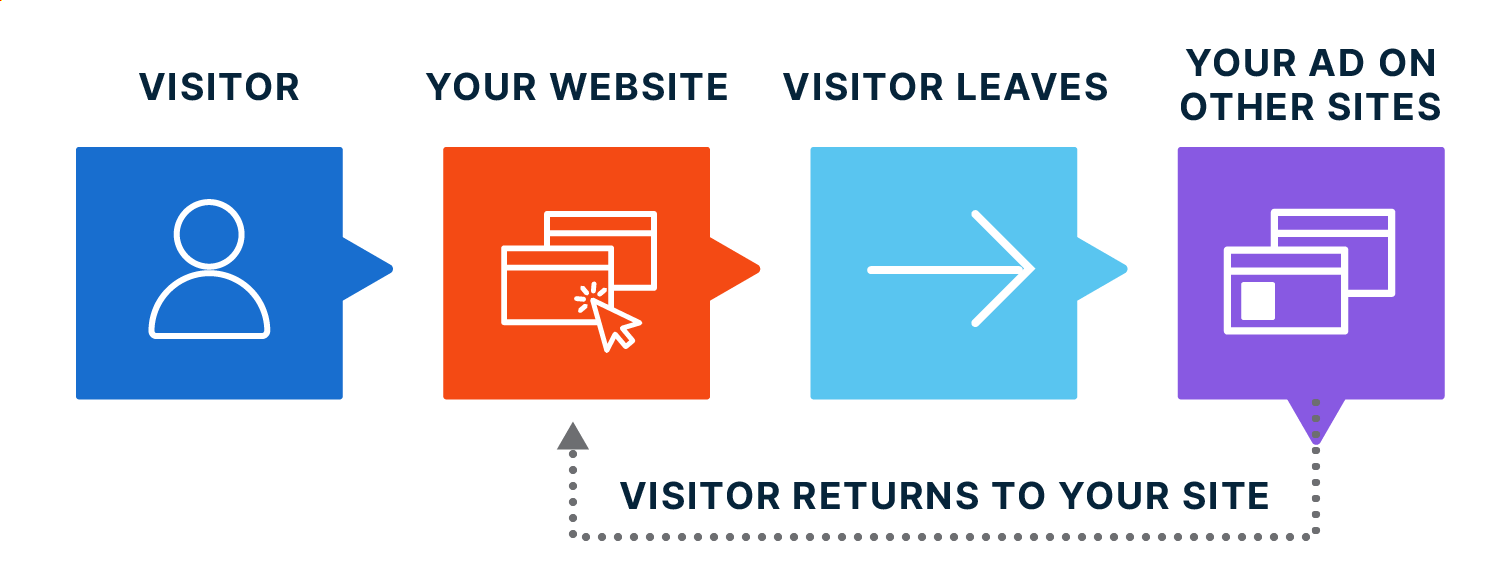
8 Ways To Bring Down Cost Per Lead in the Tech Industry
Article Summary
Generating marketing qualified leads (MQLs) is a top priority for many marketers, but it's essential to do so cost-effectively. Cost per lead (CPL) is a metric that evaluates the cost-effectiveness of marketing campaigns. The article offers insights into reducing CPL without compromising lead quality. Key strategies include reviewing past campaigns to identify high-performing ones, conducting A/B testing to optimize ad performance, fine-tuning keywords in PPC ads, and embracing remarketing to re-engage potential leads. It's also beneficial to narrow demographic targets, segment customers by behavior, diversify the marketing mix, and engage in high-performance, low-cost activities like webinars and content syndication. The article emphasizes that while a lower CPL is desirable, the quality of leads should not be compromised. Effective strategies can help tech companies generate more qualified leads at a reduced cost.
Generating marketing qualified leads (MQLs)—the No. 1 marketing priority for 34% of marketers—is important, but it’s also important that you do so efficiently. When it comes to measuring the efficiency of your lead generation efforts, measuring cost per lead is key.
Cost per lead (CPL) is simply the amount of money you spend to generate a new lead for your sales team to pursue. CPL measures the cost effectiveness of your marketing campaigns and can be impacted by where and how you spend your marketing funds—and to whom you choose to market.
Spending effectively on lead generation is important, and you can bring down your costs by following some simple approaches.
Key Takeaways
- CPL measures how cost effectively your marketing generates sales leads
- A lower CPL is generally better, as long as it doesn't come at the expense of lead quality
- To reduce your company's CPL, review past campaigns and conduct A/B testing
- To lower CPL in PPC campaigns, target long-tail keywords, drop low-performing keywords, and embrace remarketing
- To further lower CPL, segment customers by behavior and embrace higher-performance activities, such as webinars and content syndication
🤫 PS: Looking for pricing on content syndication leads? Get a price list here.
How To Calculate Cost Per Lead
You measure CPL by dividing your budget for a given campaign by the number of actual leads generated. For example, if you've budgeted $5,000 for a given campaign and generate 50 leads, your CPL is $5,000/50, or $100 per lead.
A higher CPL could indicate that you're not spending your money wisely—unless it brings in more qualified leads. Likewise, a lower CPL could indicate that you're doing a good job targeting likely leads and not wasting your marketing funds—unless it negatively affects the quality of the leads generated. While a lower CPL is generally better, all things being equal, accepting a higher CPL might be the right strategy if each lead comes with a high intent to purchase.
For that reason, what constitutes a "good" CPL varies by industry and by company. There's no set number to aim for. Instead, focus on improving your CPL across multiple campaigns over time while maintaining lead quality.
By the way, don't confuse CPL with cost per thousand (CPM), cost per click (CPC), or cost per action (CPA). Even though the acronyms are similar, they all measure different things.

How To Reduce Your Cost Per Lead: 8 Ways
Having a lower CPL is better than having a higher one—assuming that the quality of leads generated is equal. (Generating higher-quality leads might be worth a higher CPL.) What can you do to lower your CPL while maintaining lead quality? Here are eight things to try.
1. Review Past Campaigns
Before you can move forward, you need to review what you've done in the past. Evaluate past marketing campaigns, their budgets and their results, and calculate CPL for each one. Identify those campaigns that generated both a high number of leads and a low CPL, and try to figure out why. Conversely, look for those campaigns with a high CPL and try to figure out if the ROI panned out. Was there a reason to justify the high CPL, such as generating higher-quality leads, or were you simply wasting money?
2. Conduct A/B Testing
You don't have to wait for a campaign to be over before you evaluate its CPL. You can conduct A/B testing of different ads or approaches before you roll out the full campaign to see which generates more leads. Given similar costs for two approaches, the one that generates the most leads has the lowest CPL—and should be the one you roll out for the full campaign.
3. Fine-Tune Keywords in PPC Ads
If you're using PPC advertising to generate leads, the keywords you choose can dramatically affect the CPL. In particular, you can lower your CPL by using long-tail keywords and dropping low-performing keywords.
A long-tail keyword is a longer, more specific keyword phrase that more closely reflects what your targeted customers are looking for. These longer keywords, when featured in your ads, web pages, and social media posts are more likely to generate more cost-effective leads, thus reducing your CPL. It's better to feature one long-tail keyword in your campaign than several more general keywords.
While you're looking at the keywords you use, evaluate past performance and drop lower-performing keywords. It's better to focus your efforts and campaigns on keywords that draw a higher volume of leads than waste your time nurturing keywords that might generate some leads, but not enough to warrant your attention.
4. Embrace Remarketing
Remarketing is the process of reconnecting with prospects who've previously been exposed to products or services but haven't yet expressed interest. It essentially puts your product back in front of people who've seen it before, providing another opportunity to turn them into leads.
The most common type of remarketing concerns PPC ads that follow users from your website to other sites. When the user first visits your site, a cookie is placed in their browser. That cookie is used to generate ads on other sites they visit, based on having previously visited your site.
The customer gets targeted ads that remind them of having looked at your product on your site. When they click the ad, they're taken back to your site—with a greater chance of becoming a lead. (Users who see remarketed ads are up to 70% more likely to convert to actual leads.)

5. Narrow Your Demographic Targets
When it comes to tech marketing, a targeted rifle shot is better than a scattered shotgun blast. This is especially true when it comes to defining your target audience. You need to know who your most likely prospects are, in terms of demographics and other key factors. You can then fine-tune your campaigns to focus on this narrower audience and get a better bang for your marketing buck.
6. Segment Your Customers by Behavior
Targeting specific demographic groups is one way to focus your campaigns, but focusing on customer behavior may be even more effective. In the case of remarketing, you can target specific follow-on ads based on which pages on your site users visited. For other activities, learn as much as you can about the target customers and create customer profiles that help you better understand what specific customers want and need. For example, knowing that a prospective customer attended a webinar or requested a product demo may be useful behaviors to track, enabling you to target your activities to those who show this level of interest.
7. Diversify Your Tech Marketing Mix
PPC advertising can be a high-CPL activity, especially if your approach is so scattershot that you waste a lot of your investment generating low-potential leads. A better approach is to diversify your tech marketing activities so that you blend higher-CPL PPC advertising with other, more efficient marketing tactics that can lower your overall CPL and increase your marketing efficiency.
8. Engage in Lower-Cost, Higher-Performance Activities
Not all marketing activities deliver the same quantity or quality of leads. When determining your tech marketing mix, seek out targeted high-impact activities that generate more qualified leads for a lower investment, such as:
These activities tend to generate higher-performance MQLs, often resulting in a more cost-effective CPL.
Let ActualTech Media Help You Reduce Your Cost Per Lead
When you want to market your products and technologies more cost effectively, turn to the experts at ActualTech Media. We specialize in marketing for technology companies and offer a variety of targeted marketing activities that can generate more qualified leads at a lower cost for your business. These activities include multi-vendor webinars and content marketing and syndication. We've been providing innovative content and services to technology companies for more than a decade and can help your company generate more MQLs at a lower cost.
Contact ActualTech Media today to learn more about lowering your company's CPL while increasing lead quality.